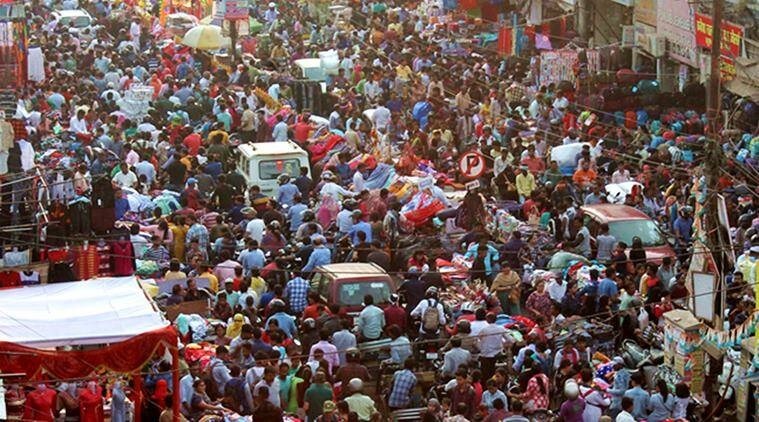The United Nations released data on Wednesday that shows India has now surpassed China as the world’s most populous nation. According to the UN’s World Population dashboard, India’s population has exceeded 1.428 billion, slightly higher than China’s 1.425 billion people.
This rapidly growing population creates a sense of urgency for Prime Minister Narendra Modi’s government to create job opportunities for millions of people entering the workforce. India is expected to become the world’s fastest-growing major economy in the coming years, as half of its population is under the age of 30.
India, Asia’s third-largest economy, now houses nearly a fifth of humanity, which is greater than the entire population of Europe, Africa, or the Americas. While this is also true for China currently, India’s population is projected to keep increasing and reach 1.668 billion by 2050, while China’s population is forecasted to contract to about 1.317 billion.
The rising population and workforce could bring positive economic benefits for India if the government can provide ample employment opportunities for the growing number of young people. The government’s emphasis on creating a more skilled workforce and modernizing industries like agriculture could be essential in unlocking the country’s vast economic potential.
However, the rapid population growth can also pose challenges in terms of resources, infrastructure, and social issues. It will be crucial for the government to manage the population growth effectively, ensuring the necessary resources are available for the people while also preserving the environment and mitigating social issues like poverty and inequality.
In conclusion, India surpassing China as the world’s most populous nation is a significant milestone that requires the government’s attention to tackle the challenges that come with rapid population growth while leveraging the opportunities for economic growth and development.





